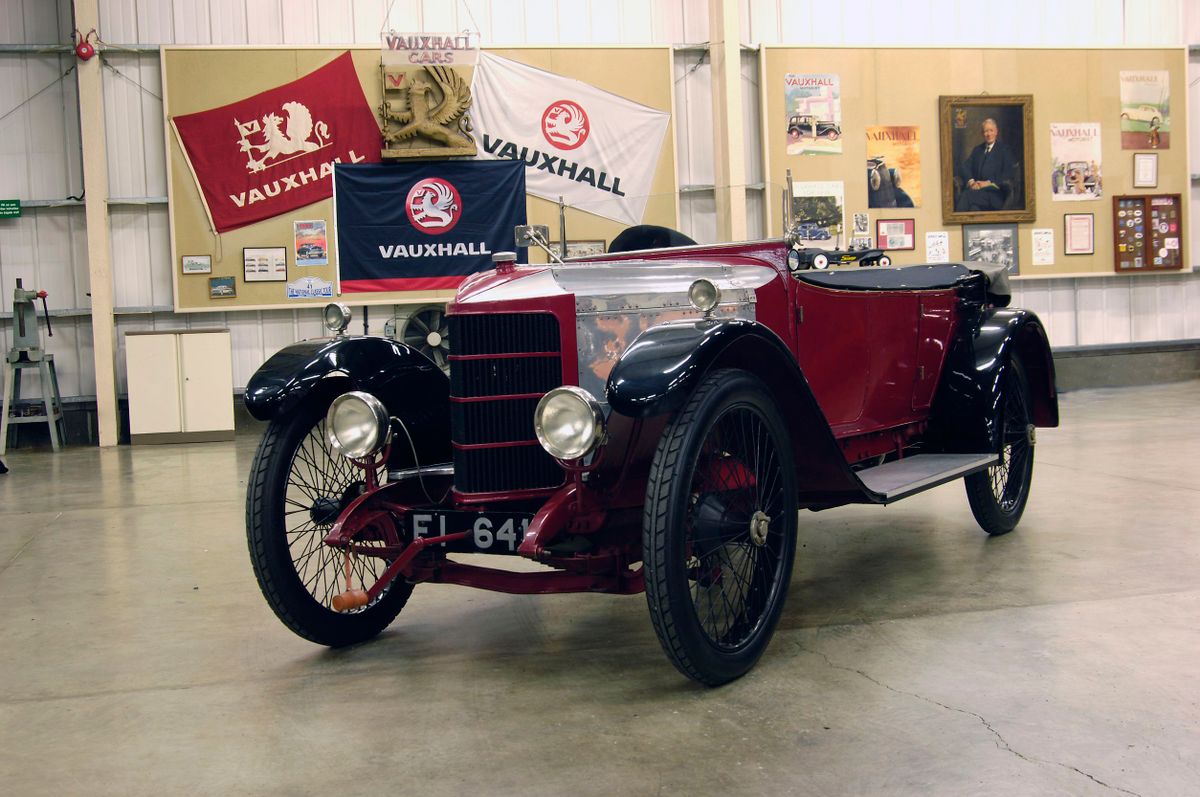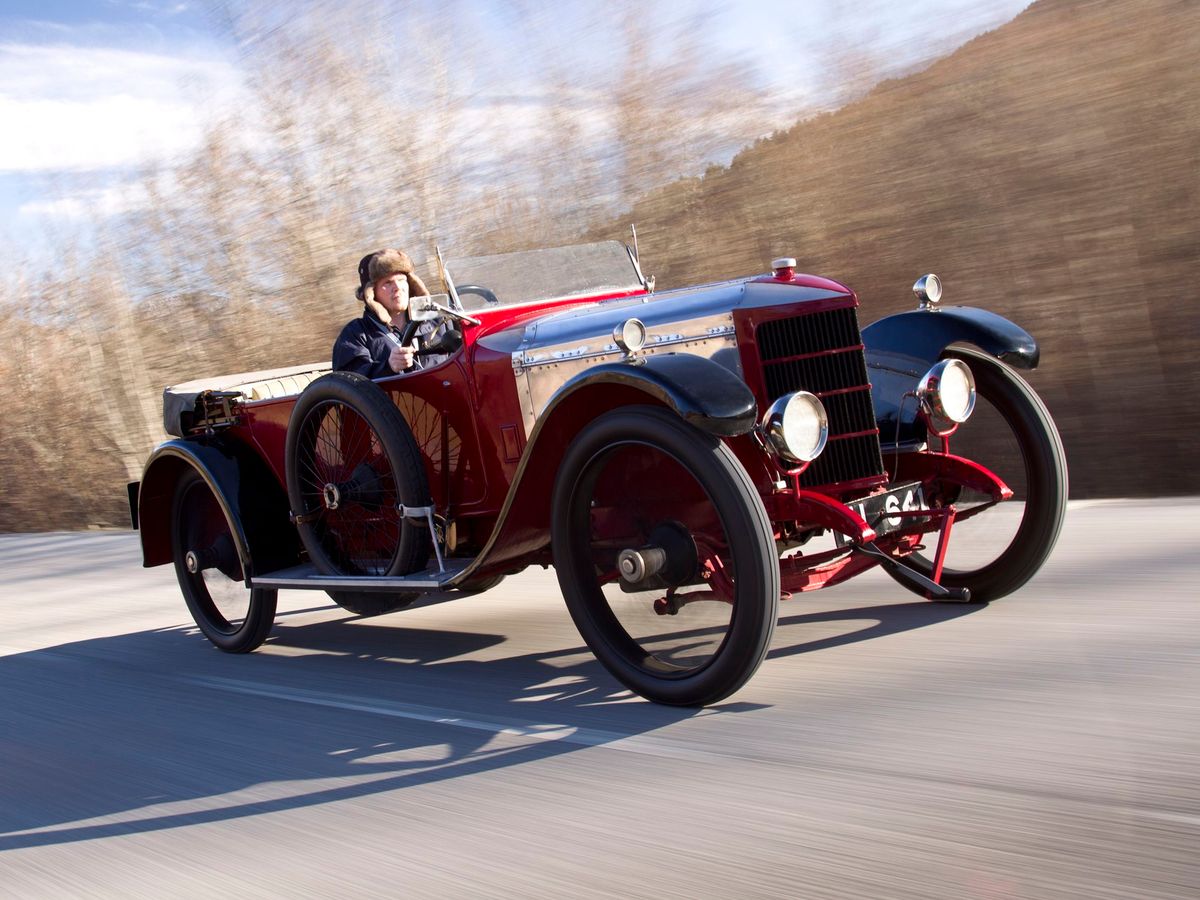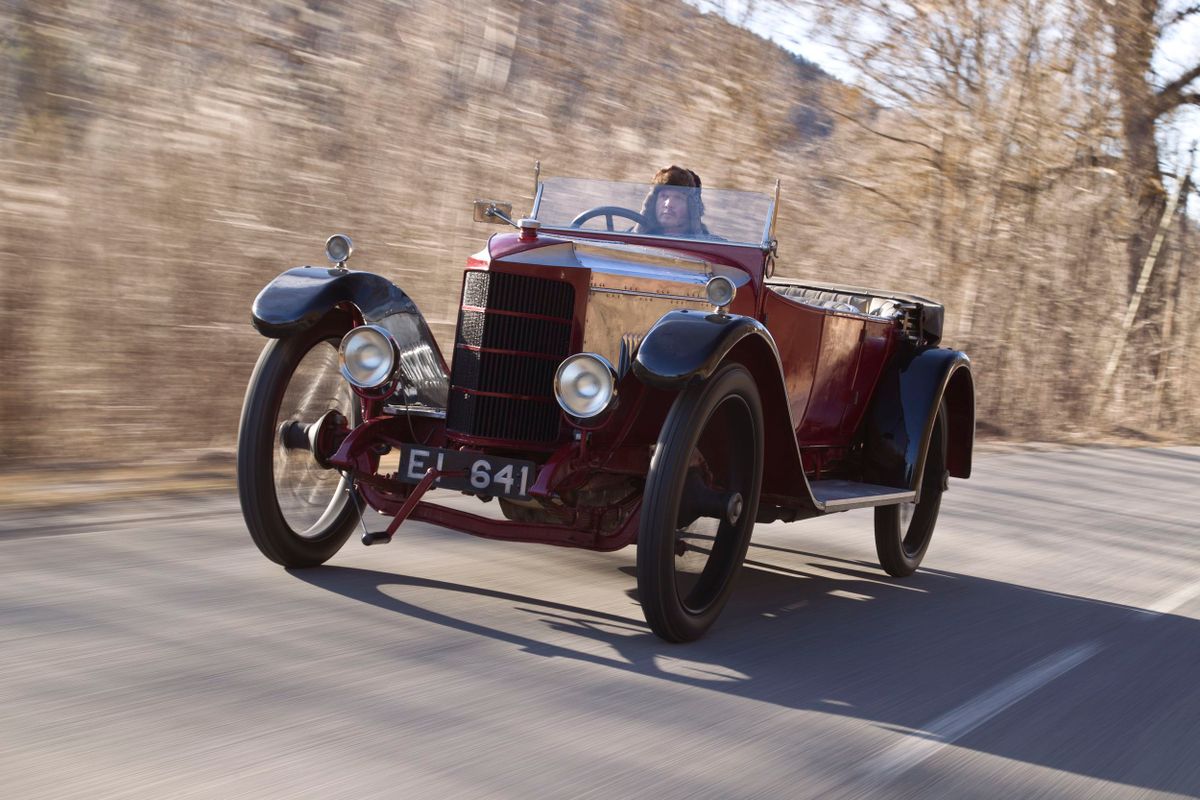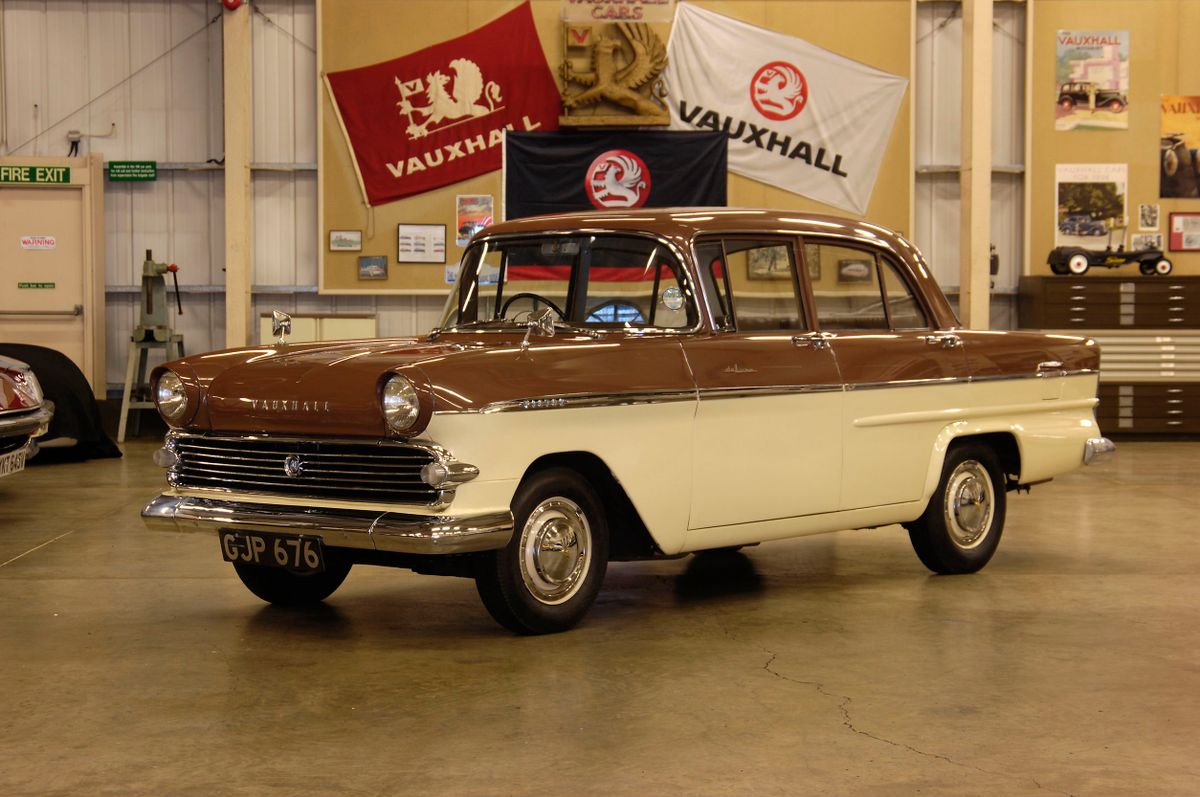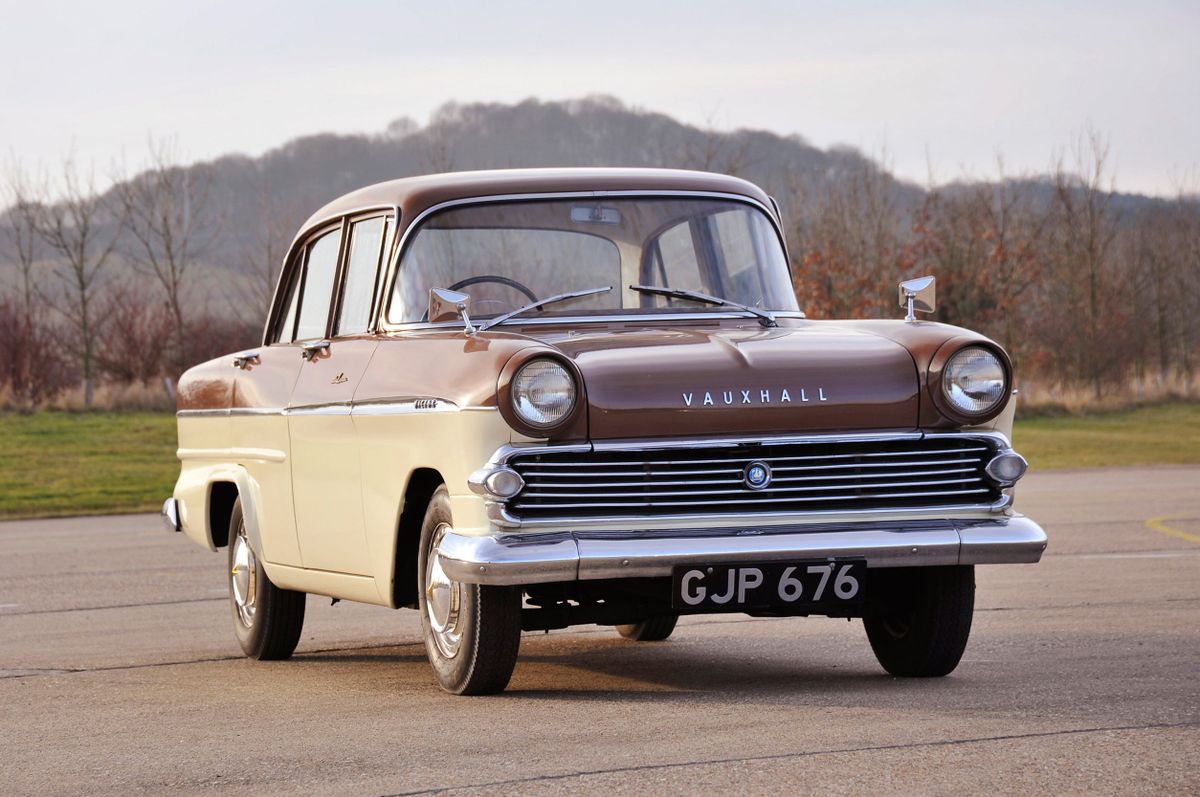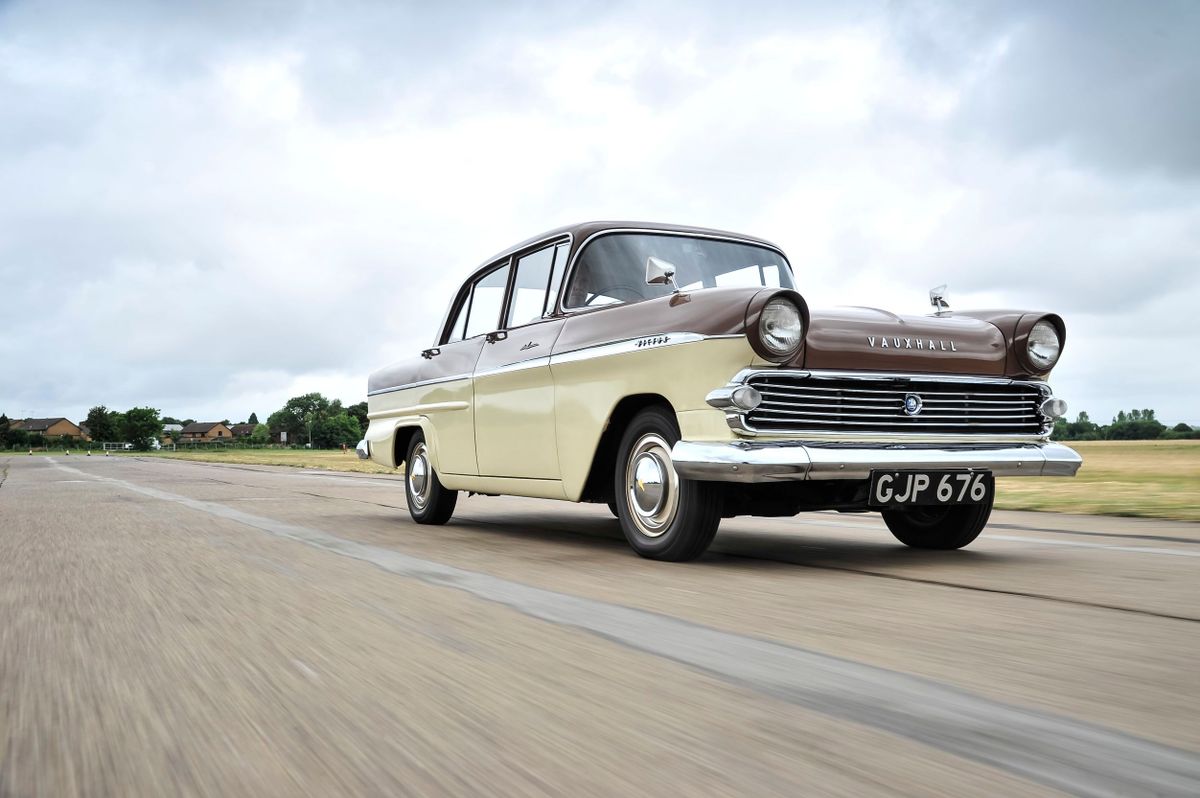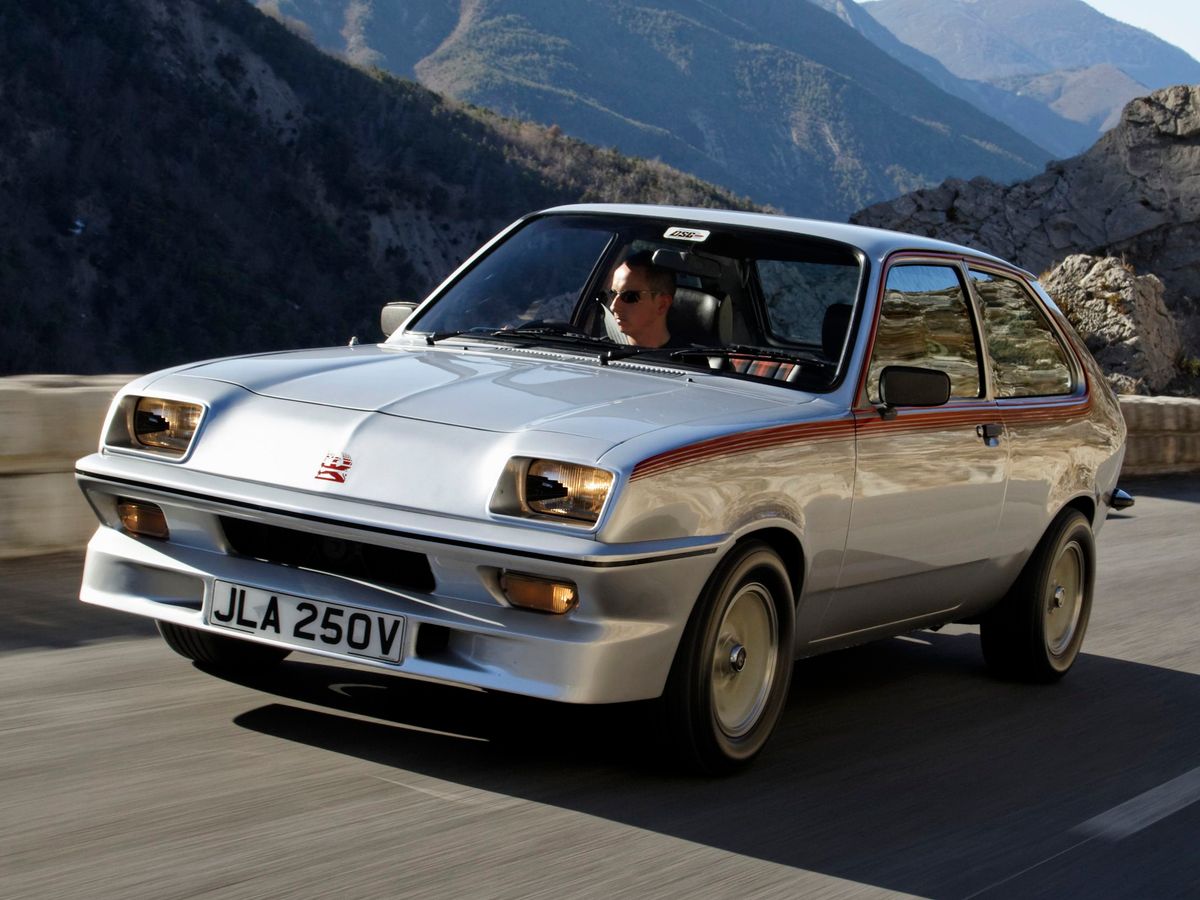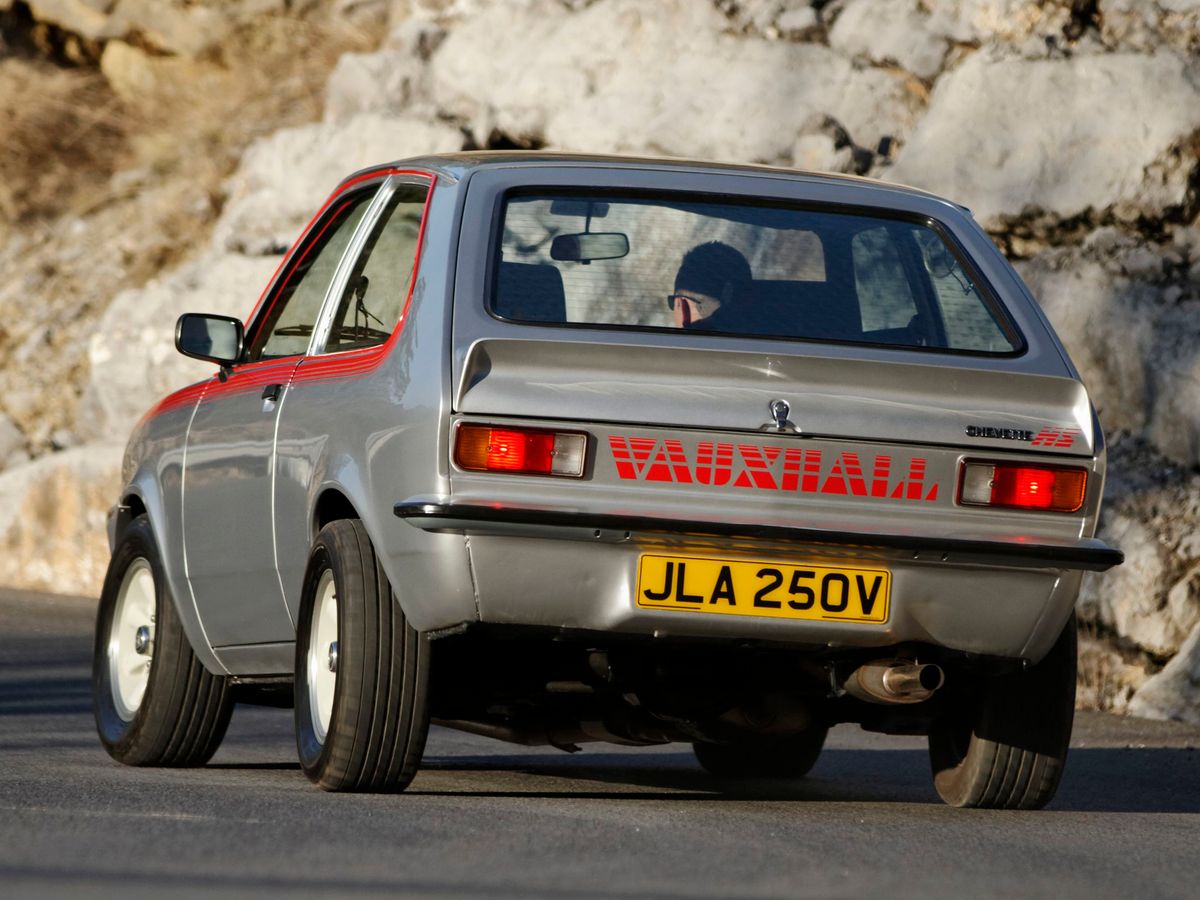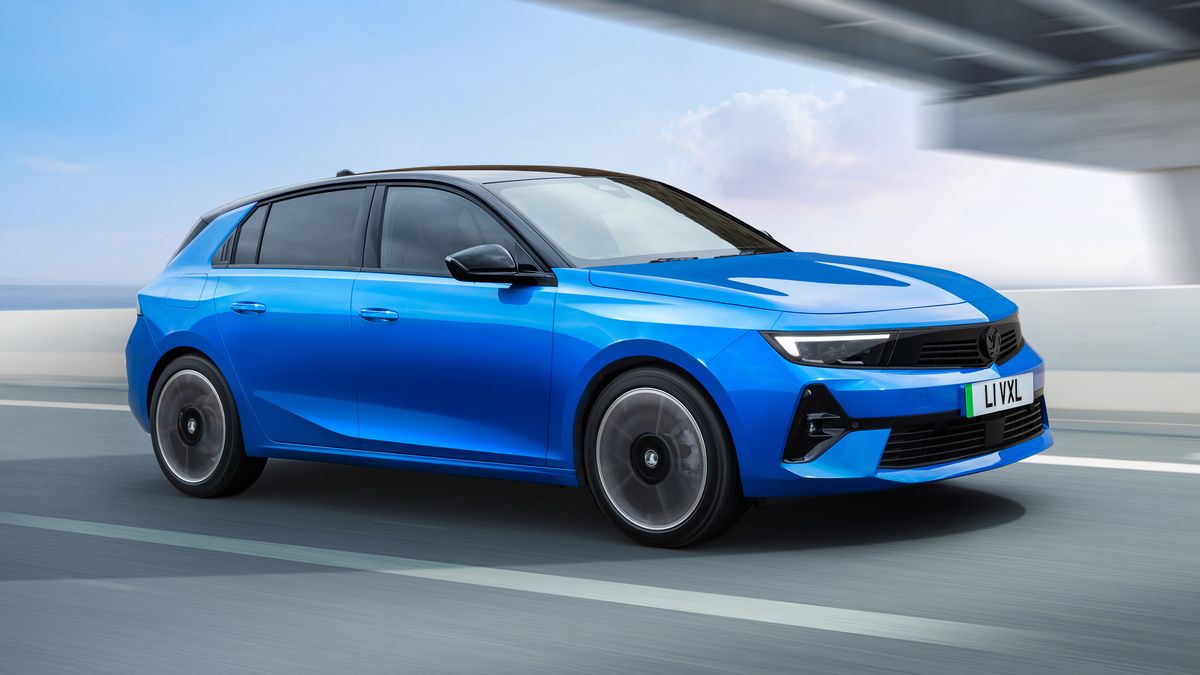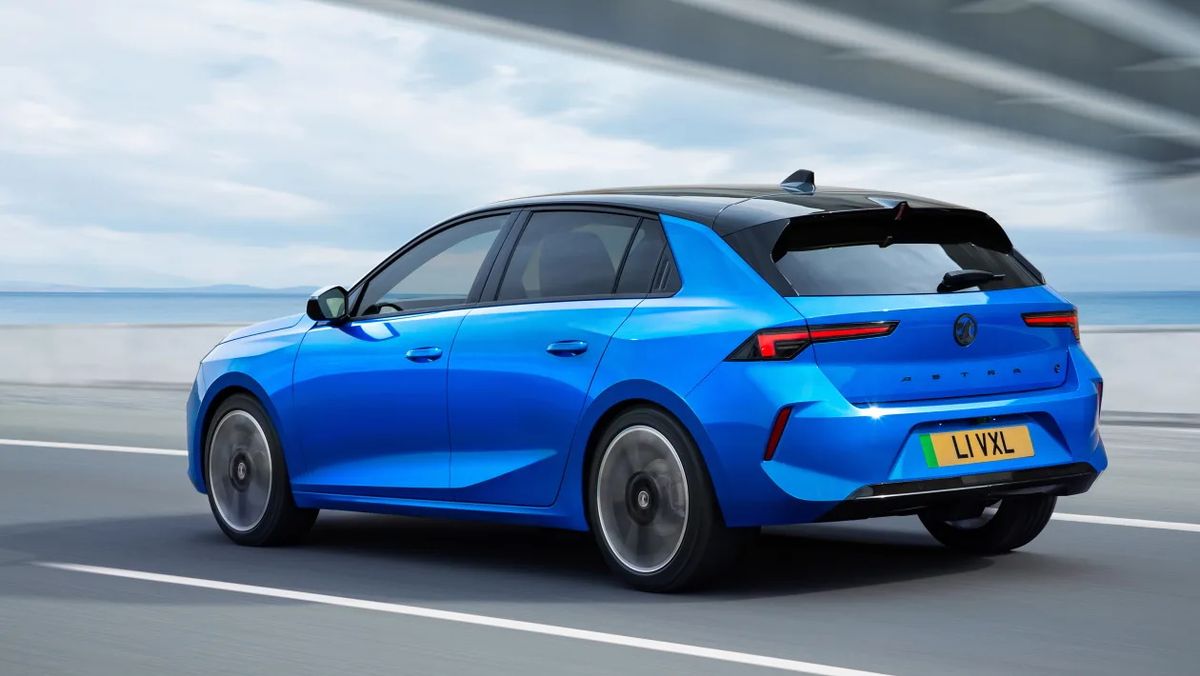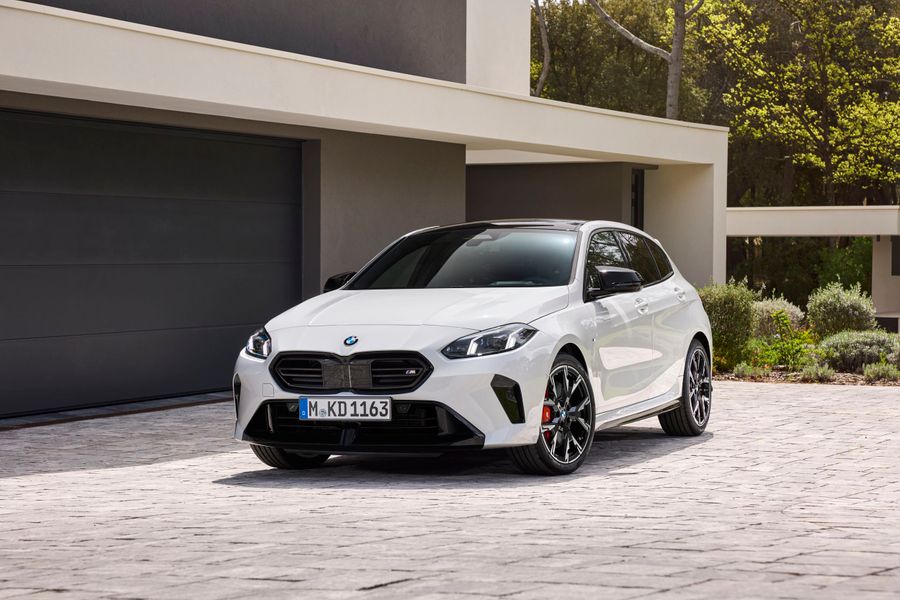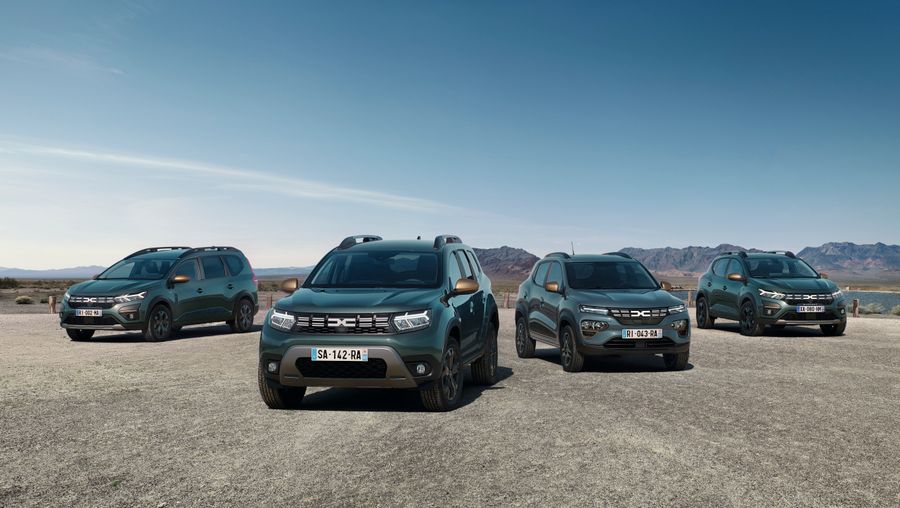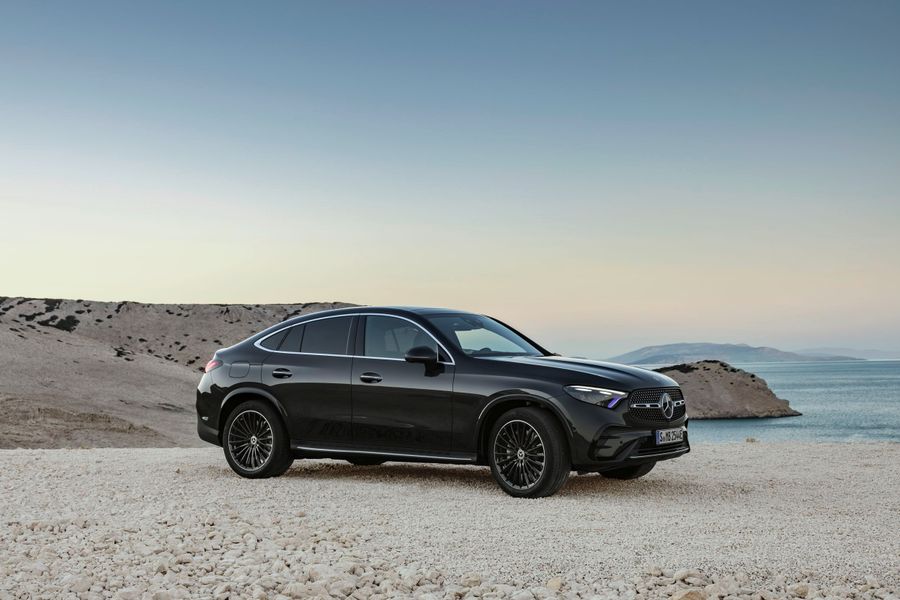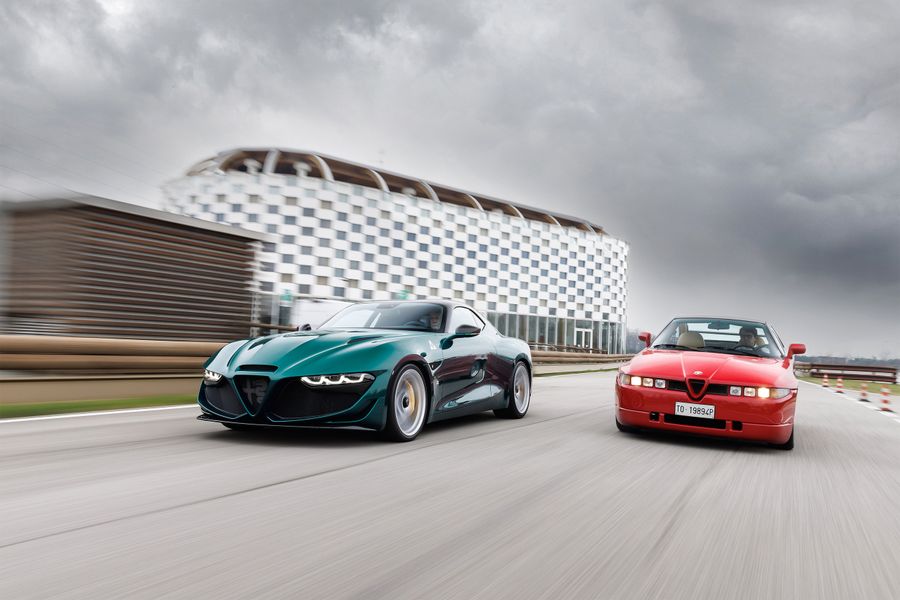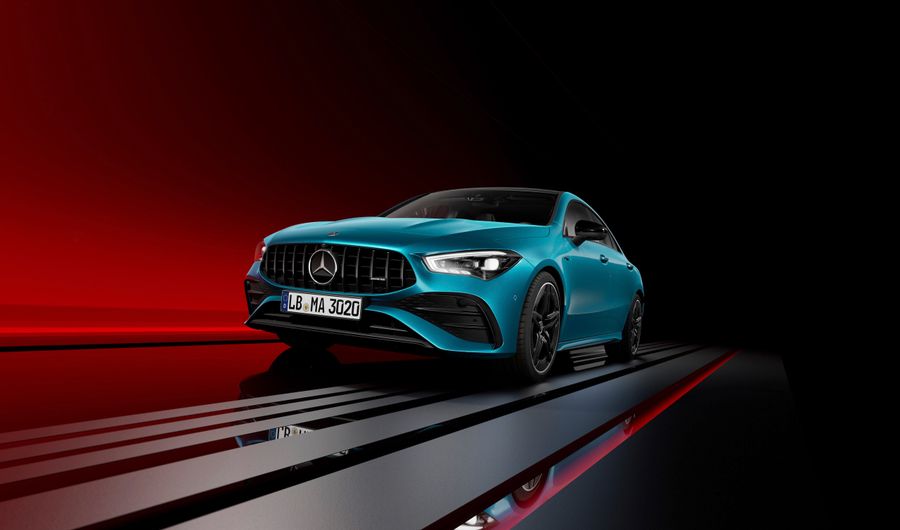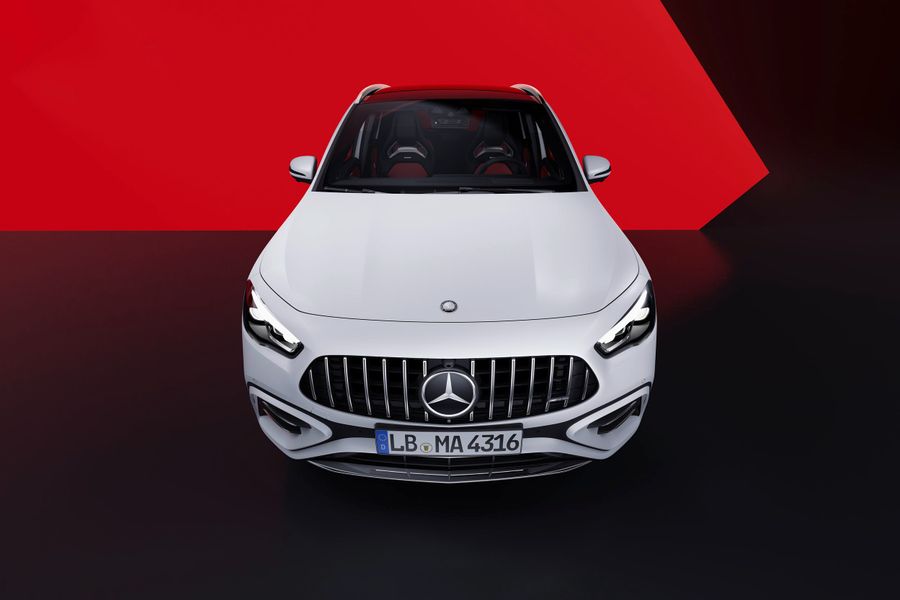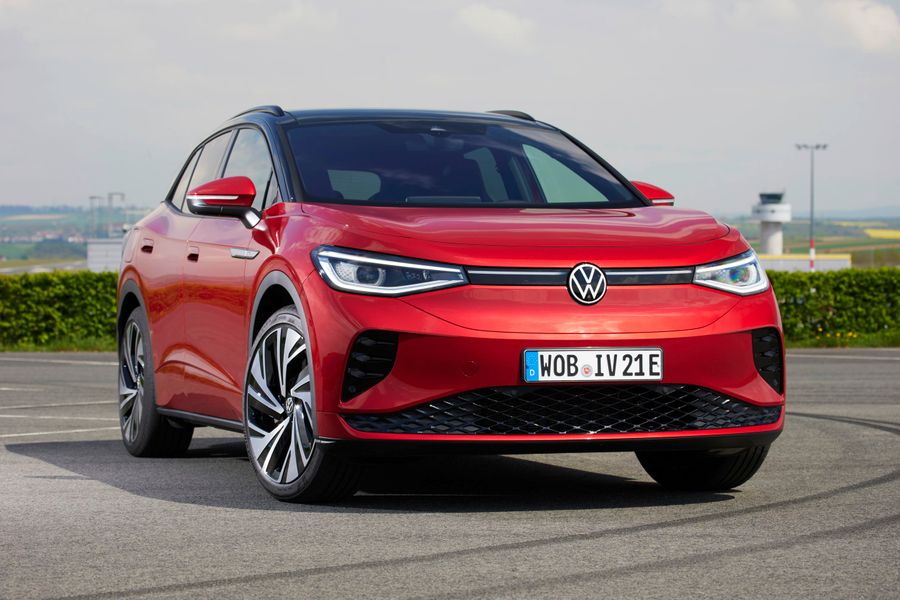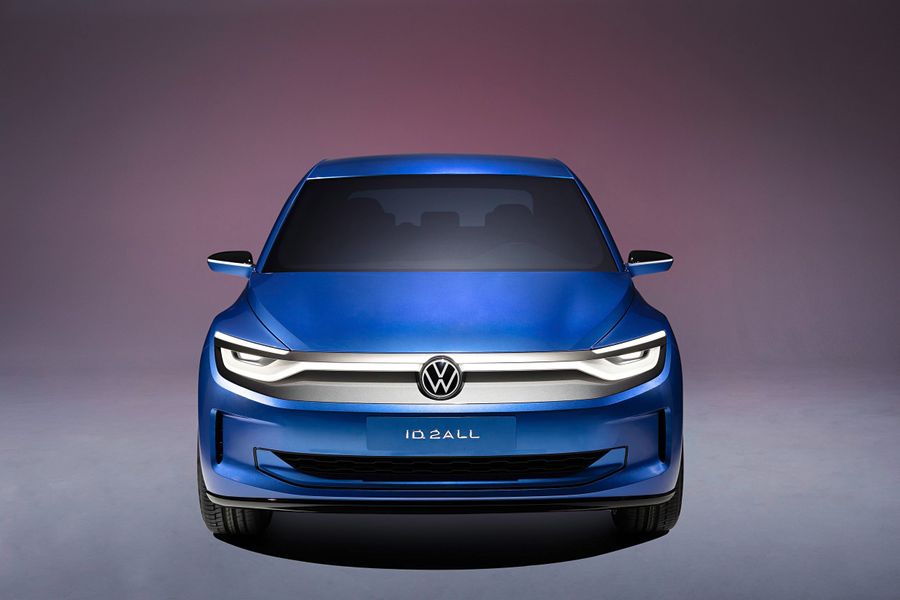
Vauxhall. Britain’s oldest automaker
Vauxhall Motors is Britain’s oldest automaker. Founded in 1857 in the London Borough of Vauxhall as a factory producing ship pumps and engines, the company released its first car in 1903. A year later the company moved to another area of London, Luton, where it stays to this day. The society borrowed a griffin for its logo from the coat of arms of a Norman knight who owned land in Luton. Although this British brand was acquired by General Motors in 1925, it conducted its production independently for another 20 years and was for many decades one of the main British automakers. However, at the end of the 1980s, the influence of General Motors became massive: all new products of the brand began to be “clones” of Opel models. Vauxhall almost lost its personality. And now, in the 21st century, the famous British brand is reborn under the auspices of Stellantis.
Stages of a long journey
In 1911, the manufacturer released its first sports car, the Vauxhall Prince Henry. It was equipped with a 3.0-liter gasoline engine, the volume of which was later increased by another liter. The sports car immediately caused a sensation, taking part in numerous racing competitions and winning several times. A total of 240 of these cars were produced. It must be said that all early Vauxhall cars had large engines (for the time) and were produced in small quantities. Therefore, they were relatively expensive. It wasn’t until the 1920s that the company began steadily producing more than a thousand cars a year. Under the leadership of Percy Kidner, a racing driver famous for his performance at Brookland, and Laurence Pomeroy, a famous engine designer, Vauxhall won sports car races and built superb sports engines.
In 1925, Vauxhall came under the control of General Motors, gradually becoming a mass production company. At the same time, it should be noted that all new models of the brand retained a recognizable British style, and for another 20 years the company conducted independent production. In 1931, the manufacturer introduced the Vauxhall Cadet with new steering and a synchromesh transmission, becoming the first car in the UK to use this type of gearbox. In the late 1930s, the company was the country’s first manufacturer to introduce a car with a monocoque body and became a member of Britain’s 'Big Six'. And one of its branches, Bedford, was one of the most successful truck manufacturers.

For 30 years after World War II, Vauxhall produced family cars, including the successful Vauxhall Victor, which became one of the company’s best sellers thanks to its powerful and fuel-efficient engine. It was followed by the Viva, the British brand’s first compact car. And in 1953, the world saw the company’s millionth car. And everything was going well until an event happened that shaped the further development of the company…
The cooperation between Vauxhall and Opel, which began in the 1960s, led to the loss of individuality of the models of the British brand…
In the early 1960s, Vauxhall began to actively cooperate with the German brand Opel, which at that time was also part of General Motors. The production optimization process began: the structures of Vauxhall and Opel cars became indistinguishable. And if at first the models of the British company had at least some external differences, then already in the 1980s, Vauxhall cars became practically twins of Opel models. But a good thing happened in the 1970s, when General Motors lifted the ban on its subsidiaries participating in the competition. Then Vauxhall created cars such as the Magnum/Firenza and Chevette HS/HSR coupes, which significantly increased the reputation and prestige of the British brand.
At the same time, close cooperation between the British and Germans brought good results: cars with a griffin logo became better in every way. And the Vauxhall Carlton (aka Opel Omega) served as the basis for a wonderful Lotus sedan, which developed a maximum speed of 273 km/h. GM Europe challenged Ford-Europe, dominating a number of market sectors with the Vectra, Tigra and Astra. Vauxhall entered the new century with new models. Its model range obtained the Agila compact estate and the VX220 2-seater sports car, an analogue of the Opel Speedster.
New owners - new opportunities
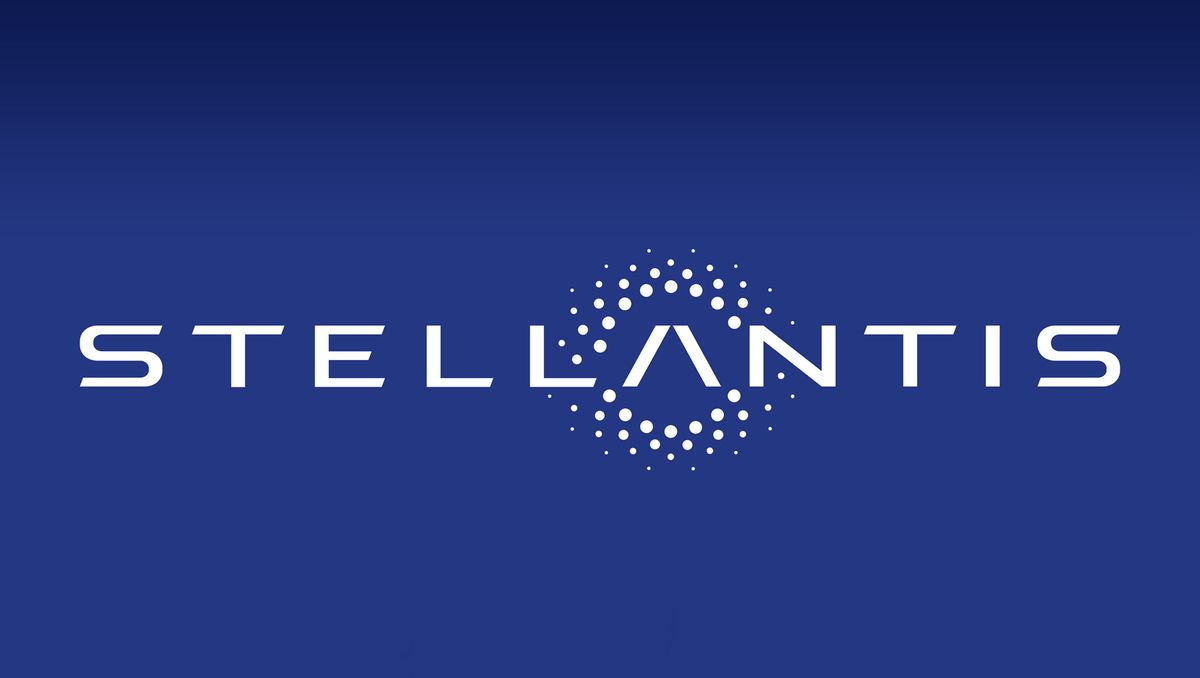
In 2021, Stellantis brought together the two largest companies: PSA (owner of Citroën, Peugeot, Opel, Vauxhall and DS) and FCA (owner of Fiat, Chrysler, Jeep, RAM, Dodge, Alfa Romeo, Lancia, Maserati, Ferrari). Each of the fourteen automotive brands that make up the alliance has a unique strategy. We already know that Opel and Vauxhall will work under the motto ‘Green is the New Cool’. By 2024, all models in Europe will have electrified versions, and by 2028, German and UK brands will switch fully to electric vehicles.
At the end of 2022, Vauxhall presented its new model, the Vauxhall Astra Electric, the first electric car of the revived brand. The Astra will now be available as a gasoline or diesel version, as well as a plug-in hybrid (PHEV) or an all-electric vehicle. Like the standard gasoline model, it will be offered in Sports Tourer hatchback and estate body styles. The car is built on the Stellantis EMP-2 platform, which is also used for the electric Peugeot e-308, with which Vauxhall has a lot in common. The new Vauxhall Astra Electric will go on sale in the spring of 2023. According to James Taylor, the company’s Managing Director: “The Astra electric vehicle is a major milestone for our popular family car and the Vauxhall brand, as we come closer to our commitment to offer only fully electric cars and vans from 2028”. And one can only wish prosperity to the oldest British brand and new interesting and original models.


